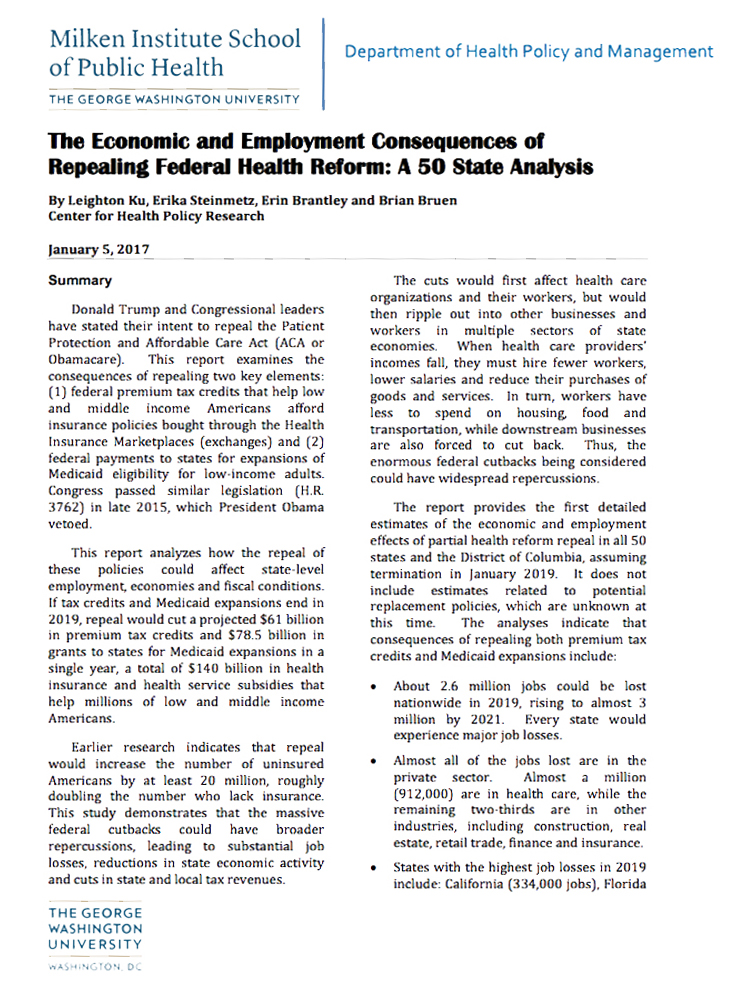The credit ratings agency Moody”™s has agreed to a $864 million settlement that will resolve pending lawsuits brought by Connecticut and two other states plus pending lawsuits from the federal government, 18 states and the District of Columbia regarding allegations of problematic ratings for residential mortgage-backed securities and collateralized debt obligations in the years leading up to the 2008 economic meltdown.
 In the settlement, Moody”™s acknowledged the existence of conflicts of interest in maintaining its ratings quality while trying to secure business from the issuers of residential mortgage-backed securities and collateralized debt obligations that selected the company for its evaluations. The problems were traced back to 2001, when Moody”™s began using an internal tool that failed to calculate the loss given default or expected loss for residential mortgage-backed securities below Aaa and did not incorporate Moody”™s own rating standards. By October 2007, an internal memo revealed that Moody”™s was aware that its residential mortgage-backed securities ratings were “4 notches off.” Similar problems involving incorrect loss standards expectations in Aaa collateralized debt obligations securities ratings were traced to 2004.
In the settlement, Moody”™s acknowledged the existence of conflicts of interest in maintaining its ratings quality while trying to secure business from the issuers of residential mortgage-backed securities and collateralized debt obligations that selected the company for its evaluations. The problems were traced back to 2001, when Moody”™s began using an internal tool that failed to calculate the loss given default or expected loss for residential mortgage-backed securities below Aaa and did not incorporate Moody”™s own rating standards. By October 2007, an internal memo revealed that Moody”™s was aware that its residential mortgage-backed securities ratings were “4 notches off.” Similar problems involving incorrect loss standards expectations in Aaa collateralized debt obligations securities ratings were traced to 2004.

The settlement ”“ which involves Moody”™s Investors Service Inc., Moody”™s Analytics Inc. and their parent company Moody”™s Corp. ”“ will be divided between a $437.5 million federal civil penalty, which is U.S. Department of Justice defined as the second-largest payment of this type ever made to the federal government by a ratings agency, while the remainder will be split among the states.
“We alleged that Moody’s ratings of structured finance securities, including mortgage-backed securities, were directly influenced by the demands of the powerful investment banking clients who issued the securities and paid Moody’s to rate them,” Connecticut Attorney General George Jepsen said. “Moody’s considered its own business interests, contrary to its public statements that its ratings were objective, and the results to our state and national economy were dramatic and devastating. I am especially proud that it was the Connecticut Office of the Attorney General that developed the unique legal theory that proved foundational in both this case and the similar case against Standard & Poor’s that we settled last year. We would not have been able to achieve such a significant result if not for the strong partnership among the Department of Justice and our fellow states, and I’m grateful for their efforts on this case.”





















